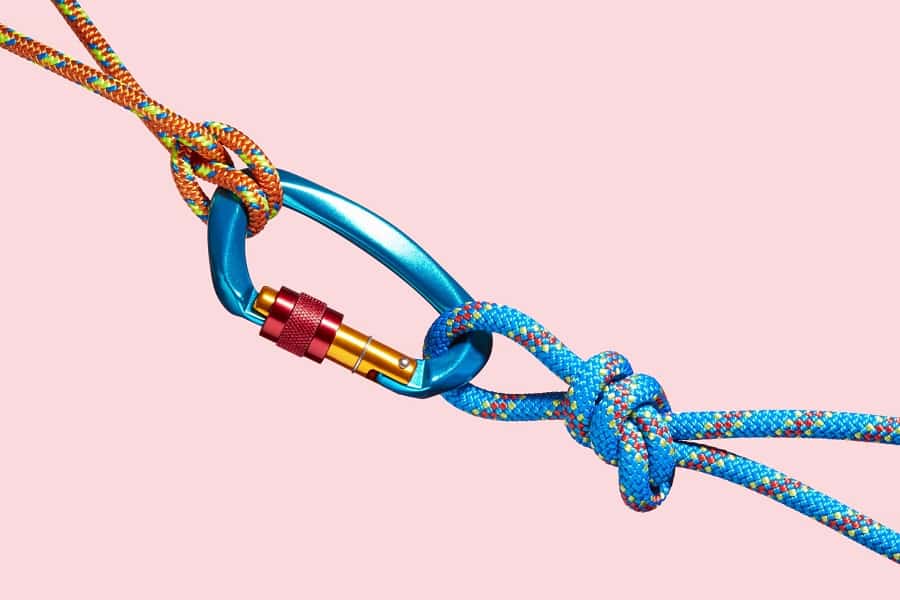Useful Tips for Tying the Knot
Ropes are the one essential ingredient in any mountaineering expedition or trek. The rope has diverse uses from providing safety on snow slopes and ice-walls, in climbing, rappelling, river-crossing etc.
The climbing rope used in a mountaineering expedition is generally 60 meter long. The climbing rope can be divided into static and dynamic rope. The static rope is more durable but lacks elasticity. On the other hand the dynamic rope stretches under a shock load, minimizing the shock force on the climber.
The skill of tying knots is essential to any mountaineer. In fact tying knots should become second nature to the mountaineer through regular practice. The climber must be knowledgeable with the proper technique and the right knot for the given situation in order to use the rope.
The knots generally used are fool-proof. Take the example of any joining knot – the more force that is exerted to pull the two joining ropes apart from each other, the tighter the knot becomes. Knots are also ideally required to be easily untied with the proper technique. This is essential because in difficult terrain there is not sufficient time for the purpose of tying and removing knots. However it is always essential to remember the appropriate knot for the applicable situation. The wrong knot can lead to hazardous consequences.
Some Related Terms to Tying Knots are:
Hitch – A hitch is a type of knot used for binding rope to an object.
Bight – A bight is a curved section, slack part, or loop between the two ends of a rope.
The knots used by a mountaineer are generally divided into
(i) Joining knots:
These knots are useful to join two individual pieces of rope if the length of available rope is found to be insufficient. The commonly used joining knots are
(a) Fisherman knot (b) Double Fisherman knot (c) Square knot (d) Figure end bend (e) Tape knot
The joining knots are to be suitably chosen depending on the diameter of the ropes to be joined together. The tape knot is used to tie the ends of tape (webbing) together, usually into a loop for an anchor.
(ii) Anchor knots:
The anchor knots are used to tie the rope to an anchor like a tree or rock in climbing situations to secure the rope. The commonly used anchor knots are
(a) Bowline knot (b) Figure eight retrace knot (c) Clove hitch (d) Butterfly knot
(iii) Middle rope knots:
These knots are produced at the middle of the rope instead of the hands. They are handy in many kinds of situations. Some common middle rope knots are
(a) Wireman knot (b) Bowline-on-a-bight (c) Figure eight loop (d) Two loop figure eight
(iv) Special knots:
The special knots are used in various purposes that do not fall into any of the above categories. The common special knots are
(a) Prusik knot (b) Bachman knot (c) Munter hitch (d) Rappel seat
These knots have varied functions. For example the munter hitch is used to put friction on the line of rope which is clipped into a carabiner. The principal use of a prussic knot is to help climb a rope. There are plenty of knots other than the common ones discussed above. It is imperative for any prospective mountaineer to have a knowledge of these, and an instinctive ability to tie any of the required knots quickly. Even if you are not going to use the rope knots in your treks, tying knots is a handy skill and has its practical uses in many areas of life.
